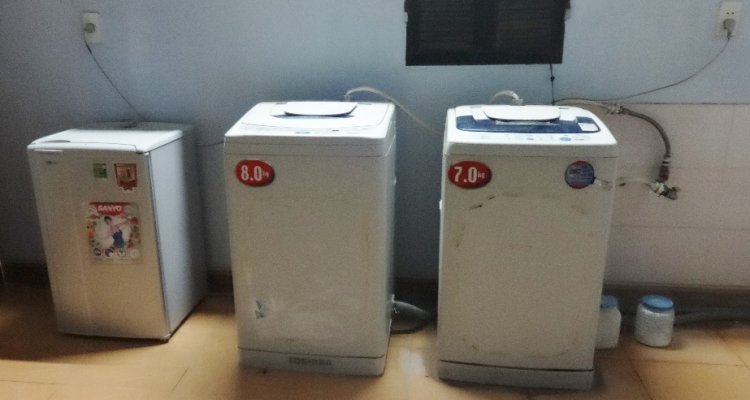
Project
Convergence and divergence in energy-related practices: Understanding demand in the Global South
In the Global South, primary energy demand is rising rapidly, leading to increased greenhouse gas emissions, local social and environmental impact, and (geo-political) conflicts. As energy demand in the Global North is slowing or sometimes even falling, the result is a seemingly converging trend. Some metropolitan cities in the Global South, such as Bangkok, already have higher greenhouse gas emissions per capita than London (Kennedy et al., 2009). The trends are clear, but we do not know how global convergence works, nor how this process is shaped by local, national and international differences. These issues require us to look beyond the figures and ask in detail: what is energy used for?
The aim of this project is to identify and account for differences and similarities in the circulation of elements and practices relating to comfort, lighting and refrigeration between the Global North and South. Shove et al. (2003; 2012) argue that energy-related practices like those associated with air-conditioning, lighting and refrigeration depend on the integration and circulation of constitutive elements, such as conventions of comfort, standardised products, and mediated images of wellbeing. This project analyses and compares trends and differences in the materials, images and forms of competence (Hand & Shove, 2007; Shove & Pantzar, 2005) that make up a selection of energy-related practices within and between the Global North and South. It will explore the proposition that these elements ‘circulate’ in systematically different ways and that the processes involved are relevant for the persistence and emergence of local differences in energy demand.
In detail, the strategy is to compare domestic practices relating to comfort, lighting and refrigeration in different countries in a completely different region (Southeast Asia), specifically Thailand and Vietnam. These countries have been selected because they exhibit different levels and rates of change in energy demand, but are nonetheless starting to converge compared to European countries. A comparative approach allows us to examine between countries with similar and contrasting cultural, political, economic and climatic conditions. Within these countries, we focus on three areas of energy demand: comfort, lighting and refrigeration.
References